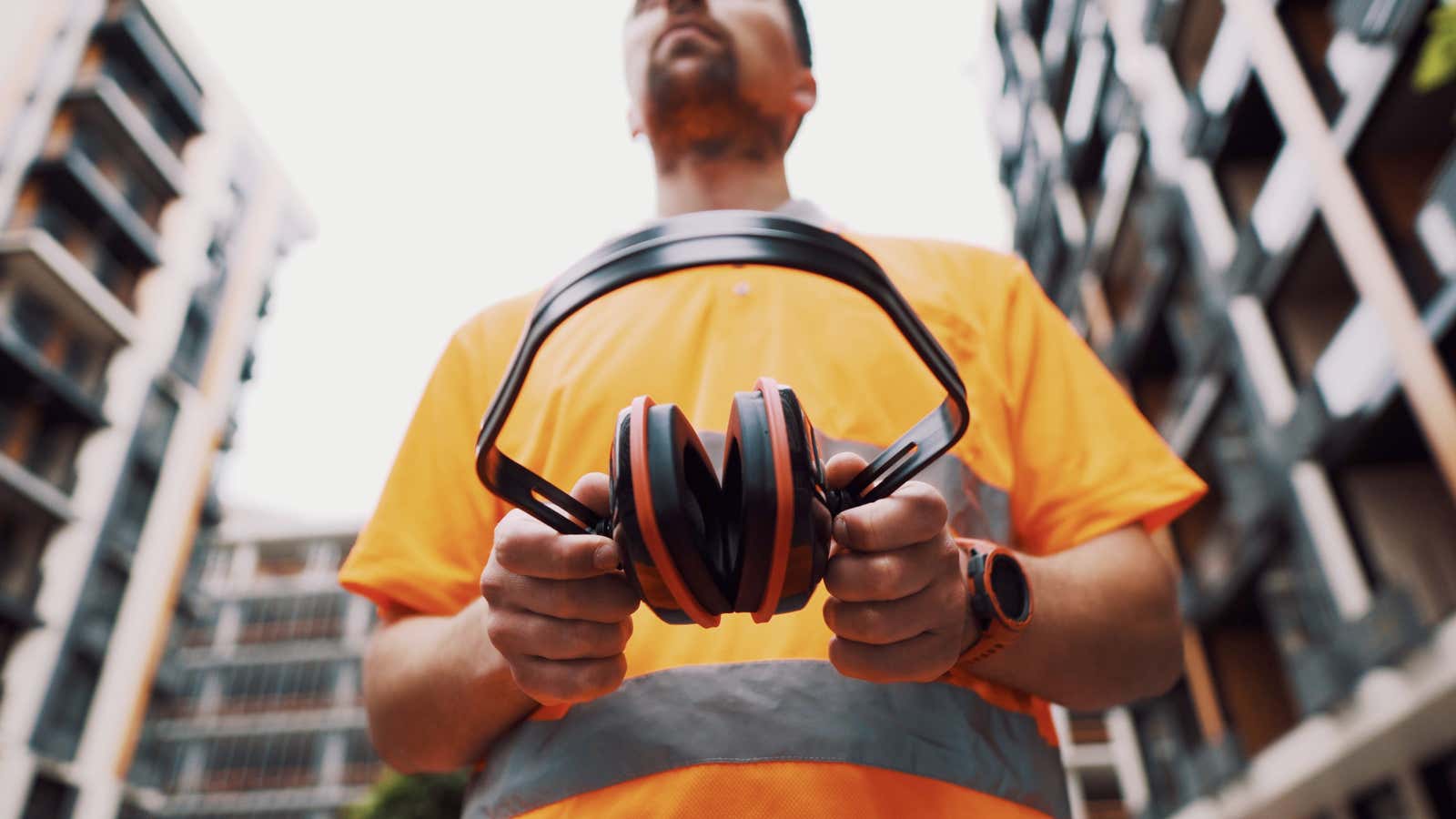How to Really Tell Your Headphone Volume Is Ruining Your Ears

If you have an iPhone and listen to music with headphones, you’re probably familiar with the “Volume must be turned down” pop-up notification. Based on your headphone usage over the past seven days, you’ve exceeded the recommended audio limit. exposure.” But what’s the recommended limit – and how do you even know if your headphones are too loud?
It’s not easy to find out, but you should. According to Harvard Medical School , there are thousands of cells in the ears, some of which have small hair-like structures that carry sound from the ears to the brain. Excessive sound can permanently damage them, which will affect this sound transition. Simply put, listening to too loud a sound can damage your hearing.
How loud is too loud?
The table from Yale University gives some examples to help you understand how decibels work: for example, in a quiet natural area with no wind, the sound level is about 20 decibels; in a household refrigerator about 55; dialing tone has about 80; and the lawnmower sits around 107. Of course, it all depends on how close you are to the source of the noise, but that’s also what makes the headphone impact so intense – earbuds or headphones right there (or in) your ear.
The World Health Organization has released a guideline that says 80 decibels for 40 hours a week is an acceptable time for “safe” listening, but anything above that decibel limit reduces the amount of time one can listen safely. The WHO has also stated that most personal audio devices range between 75 and 136 decibels.
How to check if your headphones are too loud
Your phone can tell you a lot about how loud your music is. For example, opening the Health app on an iPhone shows a lot of your decibel-related data. This week I listened to 43 minutes of music at 100 decibels and on average I was listening to 71 to 102 decibels per minute which is not good for my long term hearing.
The good folks at Headphonesty have put together a short list of ways you can check if your headphones are “too loud” without having to deal with annoying, confusing decibel numbers. These include:
- Put on your foam earplugs and head to a quiet place after a two to three day break from wearing headphones. Insert your earplugs and focus on your hearing. You will hear a slight chime, which is your baseline. Use the headphones the next day and repeat the test in the evening. If the ringing is louder than the first time, your headphones may be too powerful.
- Hold the headphones in front of you at arm’s length while the music is playing. If you hear music from this distance, the headphones are too loud.
- Work hard to keep the volume of your audio device at around 60%. If you constantly turn up the volume, you are used to listening too loudly.
If you experience symptoms such as ringing, clicking, or buzzing in your ears, difficulty hearing in noisy places, hearing muffled sounds, or an increased need to constantly turn up the volume, you may have some early signs of hearing loss. See an audiologist and don’t forget to turn off the music.